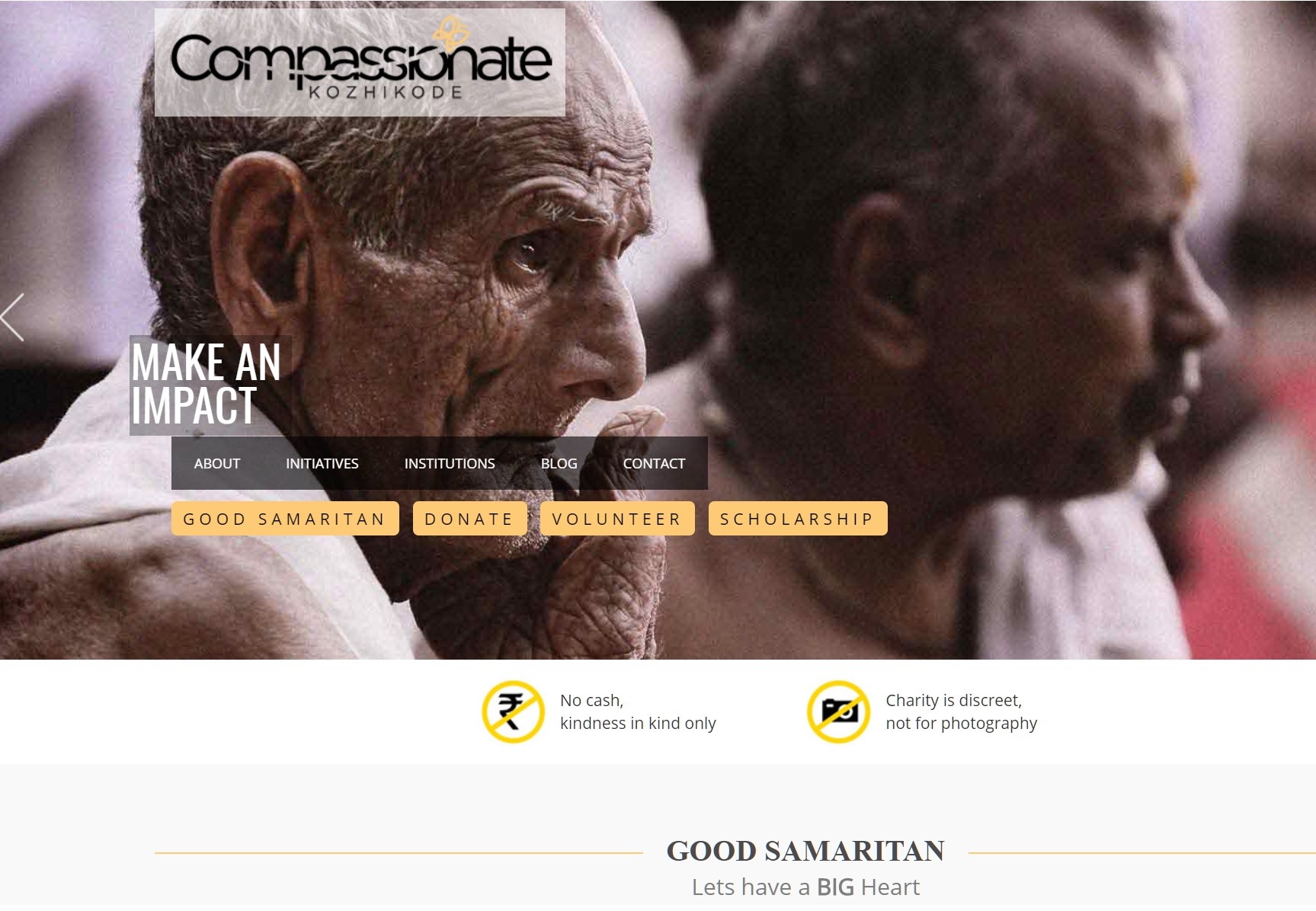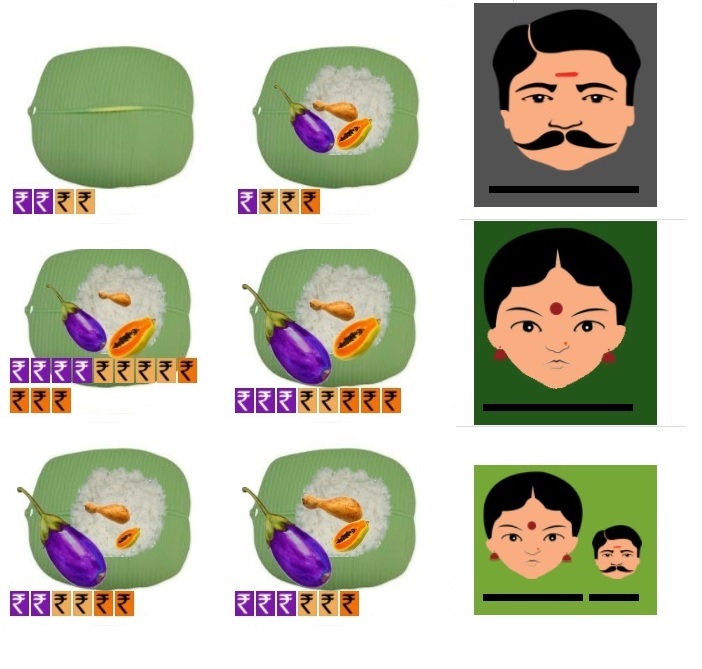"How would you make something participatory, when you are working at that scale?"
Episode 5
In a thriving, vibrant, and diverse democracy like India, what does it mean to participate? We tend to see participation in a democracy as an act that happens every five years, but there are many spaces for a more continuous and enduring engagement. So, how do people participate, and what hinders effective participation? How do we level the playing field, so that everyone can participate in, engage with, and contribute to India’s democracy? In this episode, we take a look this essential aspect of development, that’s integral to almost every kind of intervention designed to affect social change.
We meet with people who are working hard to join the dots that make participation happen: by building political movements that enable citizens to have meaningful interactions with their elected officials; bringing the state one step closer to the people; empowering people to access what is rightfully theirs, like welfare benefits and subsidies; and creating data that empowers people to take control of decision-making in their own communities.
i/ Compassionate Kozhikode
ii/ Visualisations from Ptracking in Tamil Nadu
The challenges faced by the poor in India stem from inequalities that are social, economic, political, geographic and gendered in nature. True development is freedom - it creates equality, equity, and control over one’s life and choices. And being able to participate in the polity is an important form of freedom.
iii./Gandhiji's Talisman at Rajghat
We also explore the other side of the coin - the relationship between the citizen and the state is almost like a dance, and in order for the state to function people need to be at the centre, building it, making it better, and engaging with it. But we also need an empathetic state, that moves, changes and reaches out. What we learned is that when the state does reach out, more often than not, people are ready to come forward.
Coincidentally, this episode releases a few days after Mahatma Gandhi’s death anniversary and so we take the opportunity to remind us of a few of his words.
Credits
Thanks to Prasanth Nair (IAS) and Compassionate Kozhikode, Roshan Shankar from the Aam Admi Party, PR Ganapathy, Aniket Deogar from Haqdarshak, Vijayendra Rao and Nethra Palaniswamy from the Social Observatory.
Photos: Title photo by Priya Desai. Screenshots of the Collector Kozhikode Facebook page, Gandhiji's Talisman at Rajghat by Christopher John SSF from Stroud, CC BY 2.0 via Wikimedia Commons, the Social Observatory for Ptracking.
Sounds: Timelapse/Apple Music and Vaishnava Janato by Himal Media Austria Entertainment/Youtube under a CC-BY license.
Theme Music by Hollis Coats. Recorded at Third Eye Recording Studio, Bangalore.
In the Field is supported by Rohini Nilekani Philanthropies.




